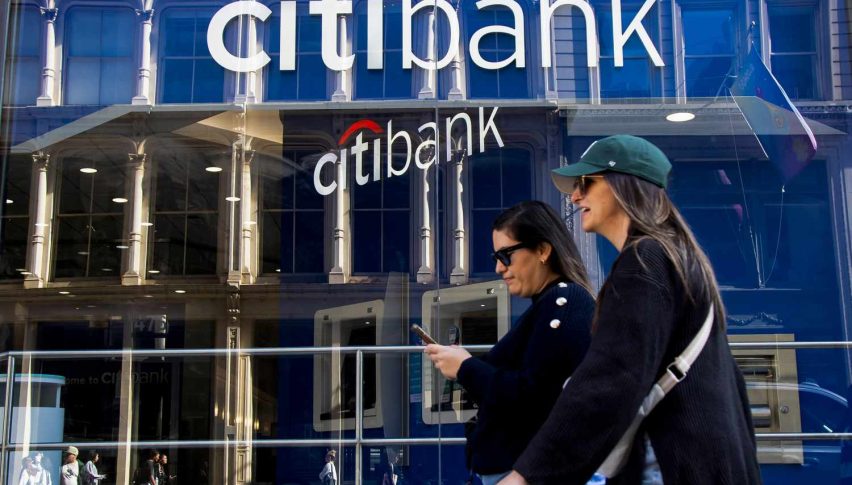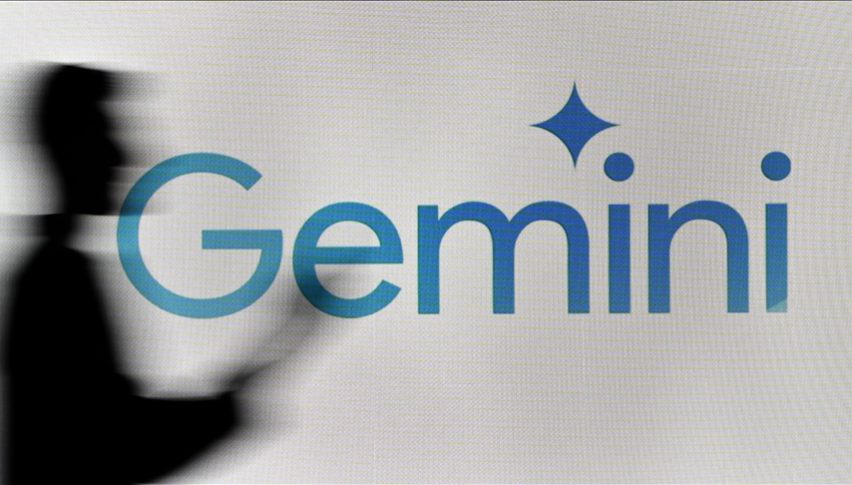Citi’s Strong Q2 Results Spark Upbeat Annual Outlook
Citigroup's second-quarter results were strong, easily exceeding Wall Street's expectations for revenue and earnings while also raising its full-year guidance

Quick overview
- Citigroup's second-quarter results exceeded Wall Street expectations with revenue of $21.67 billion and EPS of $1.96.
- The bank achieved positive operating leverage for the fourth consecutive quarter, driven by strength in Markets, Banking, and Wealth.
- Net interest income grew 12% year over year to $13.6 billion, supported by a 5% rise in loans and strong interest-earning balances.
- Despite projected consumer spending slowdowns, Citi raised its full-year revenue guidance to $84 billion, anticipating renewed M&A and capital market activity.
Citigroup’s second-quarter results were strong, easily exceeding Wall Street’s expectations for revenue and earnings while also raising its full-year guidance. Revenue reached $21.67 billion, surpassing the $21.0 billion estimate, and EPS was $1.96 compared to the $1.60 consensus.

The impressive performance supported CEO Jane Fraser’s ongoing transformation plan and was driven by the franchise’s broad-based strength, which included Markets, Banking, and Wealth. The bank achieved positive operating leverage for the fourth consecutive quarter, despite pressures from rising credit costs and expenses.
Citigroup’s net interest margin (NIM) was 2.14 percent, unchanged from the previous quarter but slightly lower than the 2.18 percent reported a year earlier. Asset yields remained steady, but the benefit was partly offset by increased funding costs, reflecting ongoing competition for deposits. With a 5% rise in loans, especially in branded cards, wealth, and services, net interest income (NII) grew 12% year over year to $13.6 billion.
The bank reported strong interest-earning balances, particularly within U.S. segments for wealth and personal banking, along with benefits from higher interest rates and careful asset mix management.
The year-over-year decline in non-interest income was caused by strength in Investment Banking and Wealth, which more than offset weakness in Retail Banking and Services. Revenue from markets increased by 16 percent to $5.9 billion, the highest since 2020. While equities revenue grew 6% due to growth in prime services and derivatives, fixed income trading rose 20% to $4.33 billion, aided by increased client activity in rates and currencies. Advisory fees increased by 52%, and investment banking revenue grew 15%, indicating that M&A and ECM pipelines are rebounding. Strong growth in investment fees and client asset inflows drove a 20% rise in wealth revenue.
Services continues to be the “crown jewel” of Citi’s business, according to CEO Jane Fraser, and transformation initiatives are beginning to produce operating leverage. At the high end of previous projections, the bank raised its full-year revenue guidance to $84 billion.
Management projected a slowdown in consumer spending during the second half of the year as tariffs come into effect. However, concerns about a recession have eased somewhat. Citi is prepared for a stronger second half of the year because of renewed activity in mergers and acquisitions (M&A) and capital markets.
- Check out our free forex signals
- Follow the top economic events on FX Leaders economic calendar
- Trade better, discover more Forex Trading Strategies
- Open a FREE Trading Account


